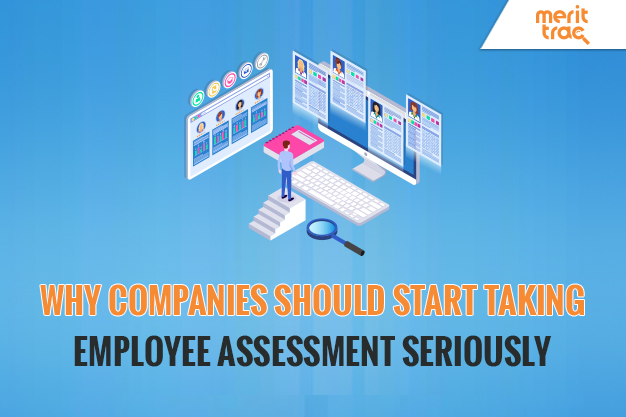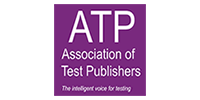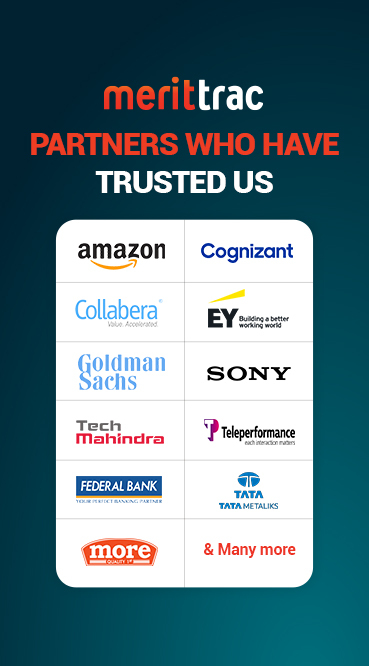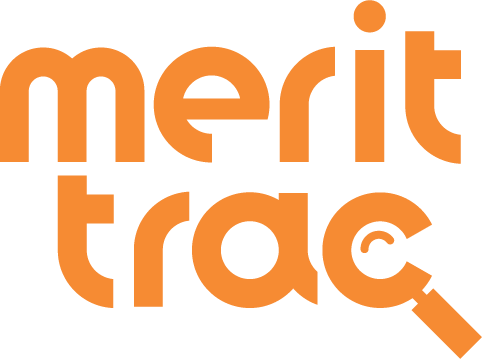
Why companies should start taking employee assessment seriously
Date: 11/11/2019 | Posted by: MeritTrac | Category: Corporate , Employee Assessment
Why companies should start taking employee assessment seriously
Did you know that companies where employees get regular feedback have 14.9% lesser turnover than companies without effective feedback mechanisms? If constructive feedback has the potential to improve performance, why do performance evaluations and assessments have negative connotations atthe workplace?
Research indicates that 51% of employees believe their performance assessments are inaccurate. Ironically, 45% of HR managers agree with them. According to Gallup, only 14% of employees strongly agree that their performance reviews inspire them to improve.
Irrespective of how an employee feelsabout a performance review, feedback is critical to growth, development and productivity. Which brings the entire argument back to where it began—are performance assessments useful and necessary?
A case for performance management
A recent Forbes article argued against performance assessments, calling them both ‘pointless’ and ‘insulting’. However, it went on to say, “Of course, employees need to be able to get feedback when they need it. If they can get that feedback without being graded like elementary school students, then it's a win-win for everybody.”
The problem then is not with the assessment itself but the way in which HR managers and business leaders have gone about it. Instead of making it a practice where employees are forced to ‘take the hot seat’ and account for themselves, assessments need to become a tool that can equip employees with actionable inputs.
Here are some ways in which a well-planned performance management system can contribute to professional growth:
- Link assessments to the long-term growth plans of the organization
Ideally, assessments should not be about grading an individual employee but about addressing gaps that result from an ever-changing business environment. It should be an exercise in identifying whether the organization has the required resources to collectively grow to the next level. This approach makes the assessment less about the individual’s performance and more about how the organization can equip the individual to perform better.
When lacunae are identified, organizational support should be extended to incorporate the feedback into the fabric of day-to-day operations and interactions. Individual development should be linked to the long-term growth plan of the organization and filling the gaps should be approached as a collective responsibility. Aon Hewitt reports that they have increased their performance by an additional $1million through better assessment practices.
- Link reviews to training and developmentMany businesses still tend to view employee development and performance management as separate issues. However, research shows that planned learning and development accelerates individual and organizational performance 95 % of the time.Today, given the rapid pace at which organizations are evolving, lifelong learning has become the new norm. While Google embraces a “culture of learning,” Microsoft thrives under a “growth mindset.” Ongoing and structured feedback is one of the most effective ways for employees to learn. By tightening the link betweenperformance and learning, managers can help direct reports recognize their strengths and weaknesses, initiate feedback and allocate relevant learning.
- Help strengthen team bonds
Effective workforce development systems help align team performance with organizational goals. This ensures that every team is working intentionally towards a shared goal. The individual performer’s role is therefore assessed within the context of a wider team and how he/she can meet the benchmark for team effectiveness. Not only will this go a long way in creating a joint vision among team members, but it will take the pressure off one individual.
- Resolve grievances in real time
Research shows that effectively managing employee grievances helps create harmonious workplace relationships, bolsters employee loyalty and commitment, improves organizational productivity and performance. Increasing the instances when feedback is given also makes it possible to address issues on an ongoing basis. Speedy conflict resolution boosts employee morale, performance and productivity.
- Delinking from compensation
Traditionally, monetary rewards were regarded as being the primary incentive for employees to perform better. However, psychologists and thought leadersnow say that monetary incentives alone can discourage learning and innovation, as it makes employees prioritize rewards over professional development. Some companies like Buffer— a software application provider for web and mobile—has opted for a standard salary formula that is openly shared with employees.Other organizations with smaller teams have slashed the idea of individual rewards and based the pay on team performance. Interestingly, in a bid to encourage risk-taking and enhance learning, Intuit awards teams with “Failure Awards” if their unsuccessful ideas have resulted in valuable learning.
Eventually, in an increasingly fast-paced work environment, companies must start taking employee assessment and performance management seriously because “Talent is one of the last frontiers for differentiation.” Investing in your workforce through meaningful feedback and providing a culture that promotes learning ensures that your talent remains engaged and productive. This is especially true at a time when most of the workforce consists of millennials—the one demographic group that prioritizes learning over other incentives. Professional assessments and courses can ensure that companies set their employees on a constant trajectory of growth.
References:












 Sales Hotline: USA: +1 646 916 0939 / Others: +91 80619 14700
Sales Hotline: USA: +1 646 916 0939 / Others: +91 80619 14700


